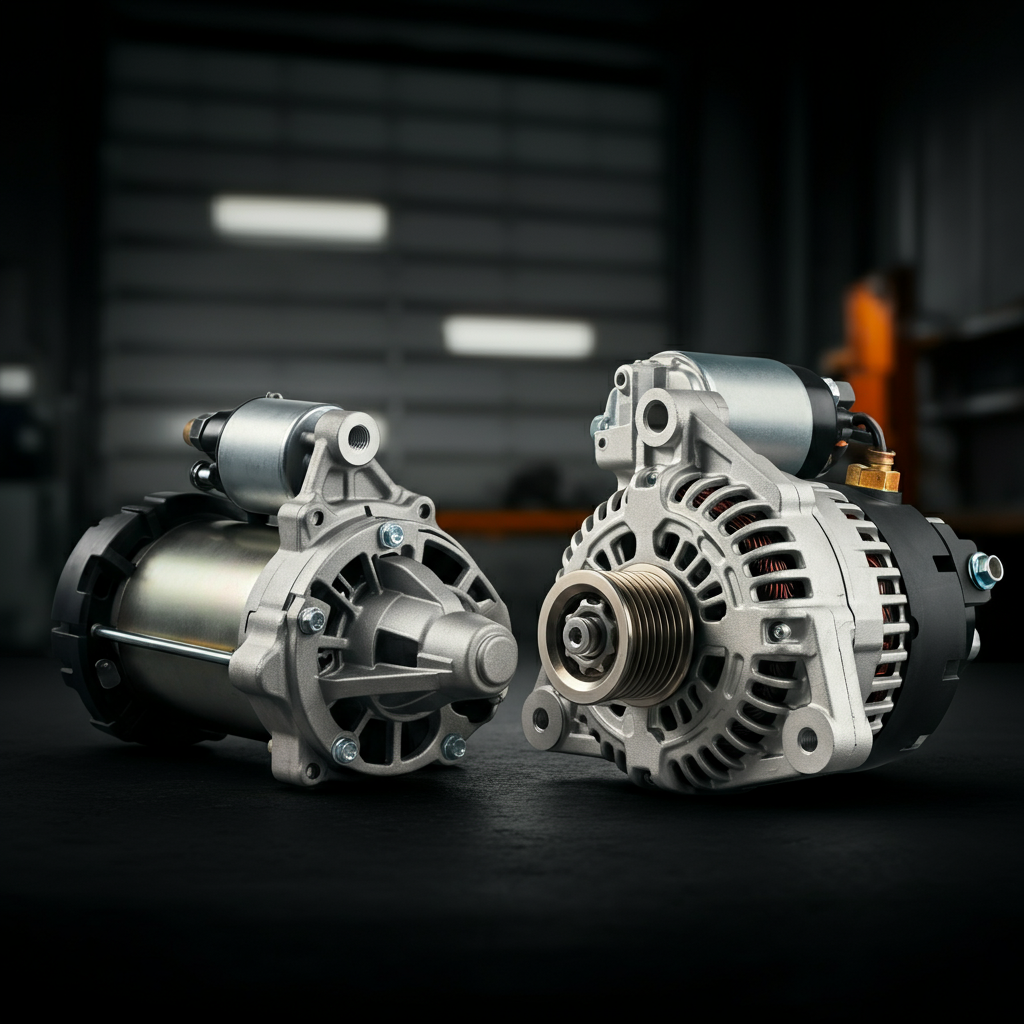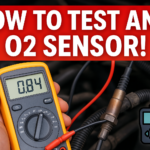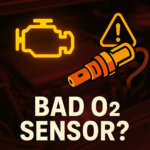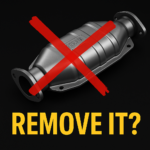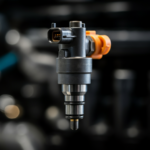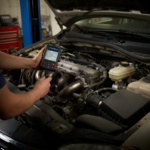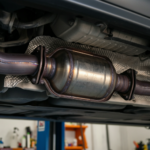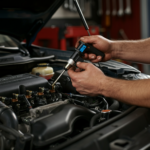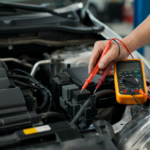Understanding the difference between an alternator and a starter is critical when diagnosing car troubles, especially when your vehicle refuses to start. For car owners, DIY mechanics, and auto enthusiasts, knowing whether it’s the alternator, starter, or battery at fault can save time, money, and headaches.
This guide dives into the key differences between the alternator and starter, their roles in your vehicle’s electrical system, common problems associated with each, and how to tell if it’s the alternator, starter, or even the battery causing issues.
Related Article: How to Spot Bad Starter Symptoms in Your Car
Alternator vs Starter: What’s the Difference?
At their core, the alternator and starter play distinct but vital roles in keeping your engine running smoothly. Here’s a quick breakdown:
- Alternator
The alternator generates electricity while the car’s engine is running. It charges the car’s battery and powers the vehicle’s electrical systems like lights, radio, and dashboard components. Without a working alternator, your battery will be unable to maintain a charge, and your car may eventually shut down as its electrical systems fail.
- Starter
The starter is a small motor responsible for starting your car’s engine. When you turn the key or push the ignition button, the starter motor engages the engine’s flywheel, allowing it to begin running on its own power. If the starter is faulty, you’ll have trouble starting your vehicle, if it starts at all.
Symptoms of a Bad Alternator vs Bad Starter
Car trouble usually announces itself with clear warning signs. Recognizing them early can help you quickly diagnose whether the issue lies with the alternator or starter.
Signs of a Bad Alternator
- Dim or Flickering Dashboard Lights
Your vehicle’s dashboard lights or headlights may dim or flicker if the alternator isn’t providing enough power. This is often an early sign of a failing alternator.
- Electrical Issues
Power windows, radio, and other electrically-driven components may malfunction or operate slower than usual.
- Trouble Starting Your Vehicle After the Battery Dies
If your car dies shortly after jumpstarting it with jumper cables, the alternator isn’t effectively charging the battery.
- Battery Warning Light
Many vehicles will illuminate a battery symbol or warning light on the dashboard when the alternator isn’t working properly.
Pro Tip
Ignoring alternator issues can lead to battery problems since the alternator helps charge the battery while driving.
Signs of a Bad Starter
- Clicking Sound
Turning the key or pressing the ignition produces a clicking sound, which typically happens when the starter motor doesn’t engage with the engine’s flywheel.
- Car Won’t Start
No matter how much you crank the ignition, the engine won’t turn over if the starter has failed.
- Grinding Noise
A worn-out starter motor may produce a grinding noise as it struggles to turn the engine. This could indicate its internal components are damaged.
- Intermittent Starting Issues
If your car starts inconsistently, it could signal a problem with the starter motor, wiring, or solenoid.
Starter vs Battery vs Alternator
At times, it’s not easy to distinguish between a bad starter, alternator, or battery. For instance, many people ask, how do you know if it’s the starter or battery? Here’s a quick overview:
- A bad battery can mimic alternator problems since both are essential parts of your vehicle’s electric system. If the battery can’t hold a charge, your car may not start, even with a working alternator.
- A bad starter often draws attention with audible clues like a clicking sound, while a dead battery typically results in silence when you turn the key.
How to Tell if the Starter, Alternator, or Battery Is the Problem
Diagnosing the problem accurately can save you a costly visit to a service center. Below are useful tests and tips to pinpoint whether you’re dealing with a starter motor or battery problem—or something else entirely.
How to Test the Battery
- Check the Dashboard Lights
Turn the key and observe your dashboard lights. Do they appear dimmer than usual? This could indicate a weakened or drained battery.
- Try Jumpstarting the Car
If jumper cables temporarily fix the issue and allow you to charge the battery, the alternator might be at fault for not maintaining the charge.
- Inspect Battery Terminals
Loose or corroded battery terminal connections can also mimic symptoms of a dead battery. Clean or tighten them as needed.
How to Test the Alternator
- Run the Engine While Disconnecting the Battery
Carefully disconnect the vehicle’s battery while the engine is running. If the engine dies, it usually means the alternator isn’t generating power to support the vehicle’s electrical system.
- Check for Electrical Issues
Failing alternators often cause electrical issues, such as dimming headlights, malfunctions in power windows, or rapid battery drain.
- Use a Voltmeter
Connect a voltmeter to your battery while the engine is off. A healthy alternator will provide a steady reading between 13.5 and 15 volts when running.
How to Test the Starter
- Listen for Clicking Sounds
When you try to start the car, listen for a rapid clicking sound. This often points to a starter motor problem.
- Attempt to Jumpstart the Battery
If jumpstarting doesn’t help and you continue experiencing trouble starting, the starter may be to blame.
- Inspect for Visible Damage
Check for burnt wires or other physical issues around the starter motor.
Can One Problem Lead to Another?
It’s also important to consider whether one failing component can affect others. For example:
- A bad battery that doesn’t hold sufficient power can cause starter problems over time due to the strain it places on the starting system.
- Similarly, some people wonder, can a bad starter kill an alternator? While uncommon, it’s possible for overlapping electrical issues to cause strain across the battery, starter, and alternator.
If you’re unsure, consult a professional mechanic to inspect the entire charging system.
When to Get Professional Help
While some issues, such as cleaning battery terminals or testing with jumper cables, can be handled at home, tackling problems with the alternator or starter motor often requires specialized knowledge and tools. Local service centers are equipped to handle such repairs and ensure the longevity of your vehicle’s electrical components.
Final Thoughts on Alternator vs Starter Problems
Understanding the differences between alternator vs starter problems can feel like navigating car trouble with a roadmap. By identifying symptoms like clicking sounds, dashboard lights dimming, or trouble starting, you can take actionable steps to diagnose and fix the issue.
If you’re still uncertain, professional service centers can help pinpoint whether you’re dealing with a bad starter, alternator, or battery. Remember, a well-maintained vehicle charging system keeps your car running reliably and your stress levels in check.
